What is Microsoft Managed Desktop?
Microsoft pushed Software as a Service ever since the company's CEO changed. First, in the form of Office 365 which the company launched as a subscription-based option next to the classic Office desktop applications, and then later on in a package with Windows which Microsoft called Microsoft 365.
Microsoft 365 is only available for Enterprise, Education, and business customers. Both services have in common that they are subscription-based.
Microsoft Managed Desktop (MMD) is the next logical step in expanding the company's "as a service" options further. At its core, it is an option for customers to use Microsoft 365 with devices that they rent from Microsoft or partners.
Microsoft calls the hardware renting part of Microsoft Managed Desktop Device as a Service. It combines Microsoft 365 Enterprise, Desktop as a Service, and cloud-based device management by Microsoft in a single package.
Our goal with MMD is to provide a great experience for users while keeping devices secure and up to date. MMD relies on the power of Microsoft 365, running in a consistent, lightweight, reference architecture that continues to evolve to allow our customers to take full advantage of our intelligent security capabilities to protect them from nascent threats.
Importantly, MMD is built on modern devices that meet our specification and runtime quality bar.
Microsoft refers to the rented devices as modern but it does not reveal specs. It seems likely that customers may choose between different device configurations based on their requirements. A developer has other requirements than employees working in sales or customer support.
Microsoft is working in partnership with Dell, HP, DXC, HCL, Computacenter, and Accenture/Avanade.
Analytics play an important role according to Microsoft. The company plans to use analytics to " provide operational and security insights and learnings". In other words, analytics is used to react quickly to security issues, bugs, and other things that may impact productivity, security, and other operational areas.
Microsoft Managed Desktop is only available in the U.K. and the United States at the time of writing. Microsoft plans to expand the service to Canada, Australia, and New Zealand in early 2019 and to other geographical regions (which it does not mention) in the second half of 2019.
Closing Words
Microsoft Managed Desktop is the next step in turning Microsoft products into subscription-based services; it combines Desktop as a Service with Microsoft 365 to rent hardware and software to Enterprise customers.
Whether some of that will land for smaller businesses or even consumers remains to be seen.
Now You: What is your take on this? (via Born)



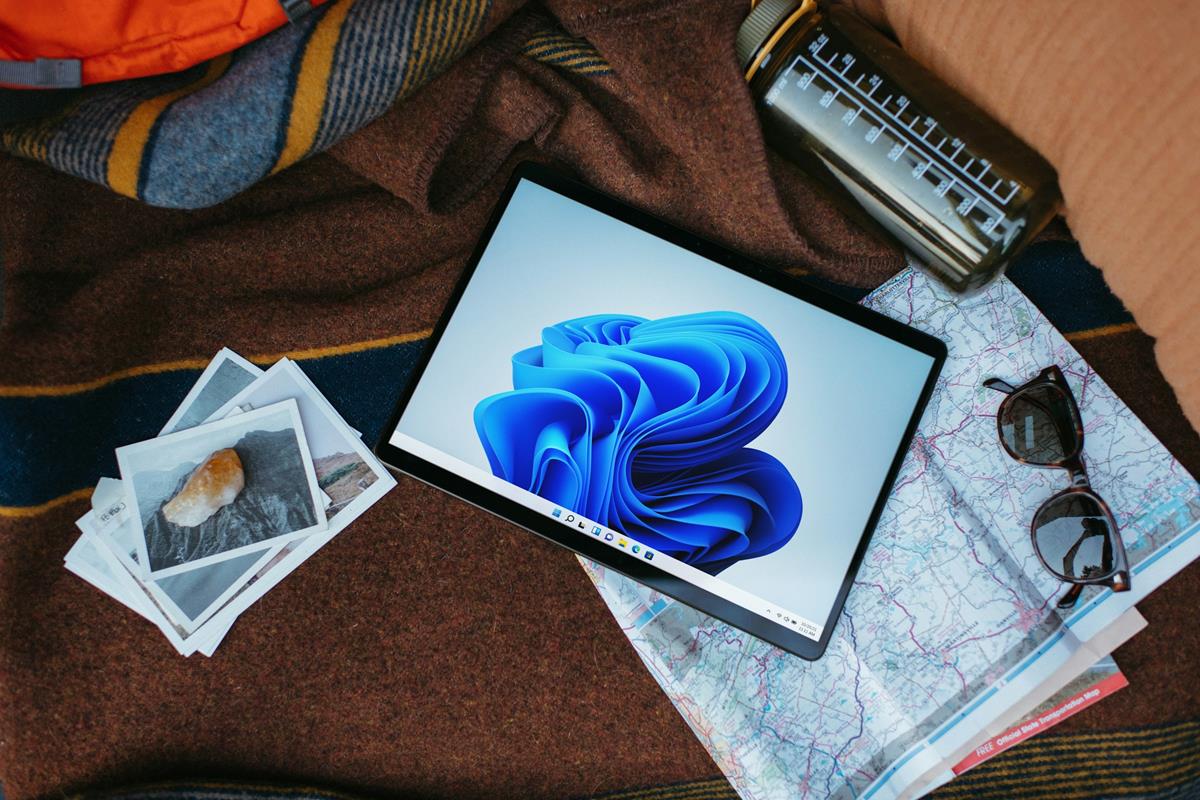
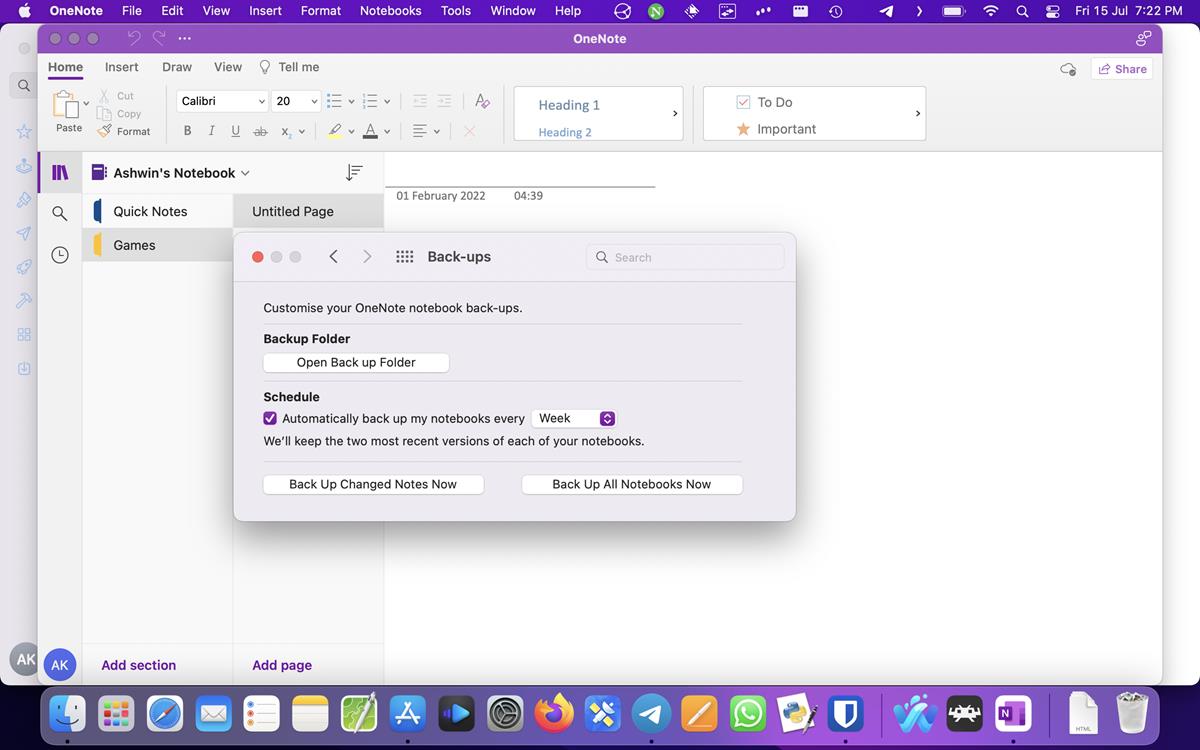
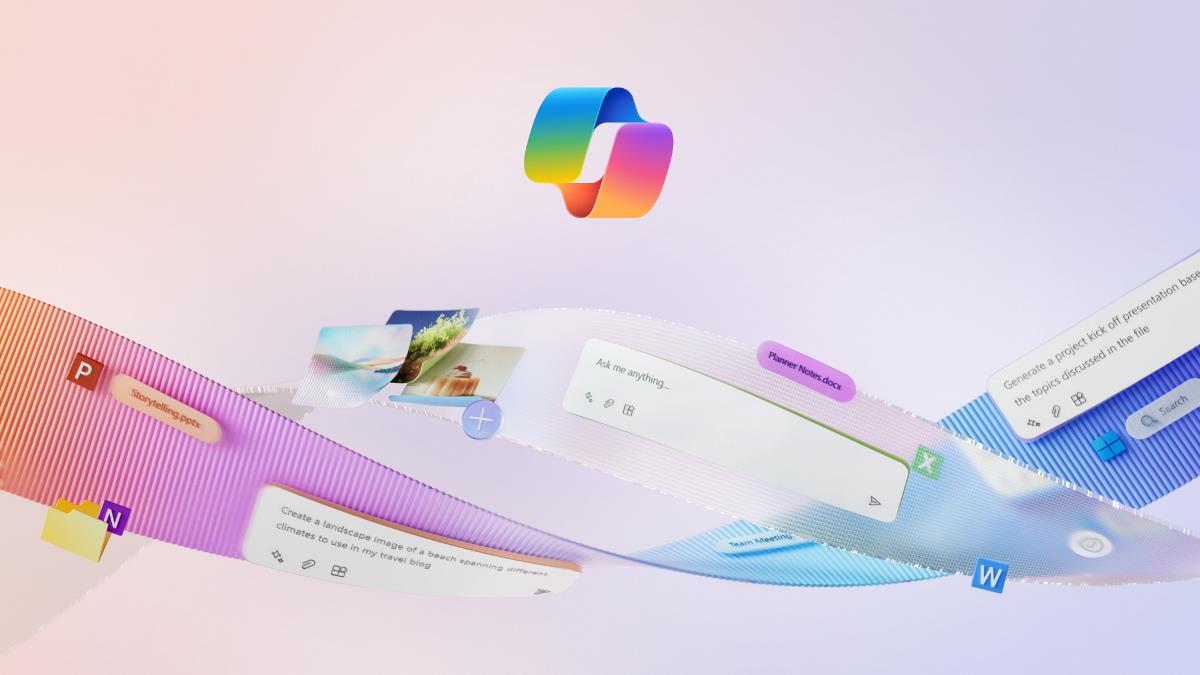
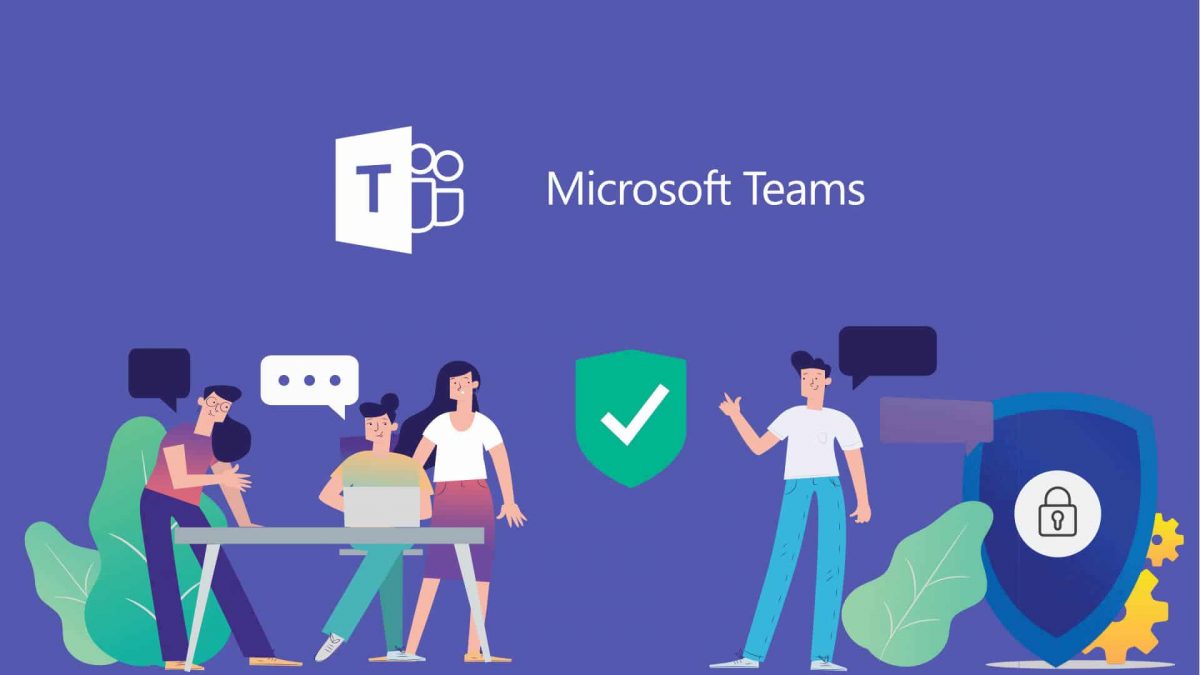

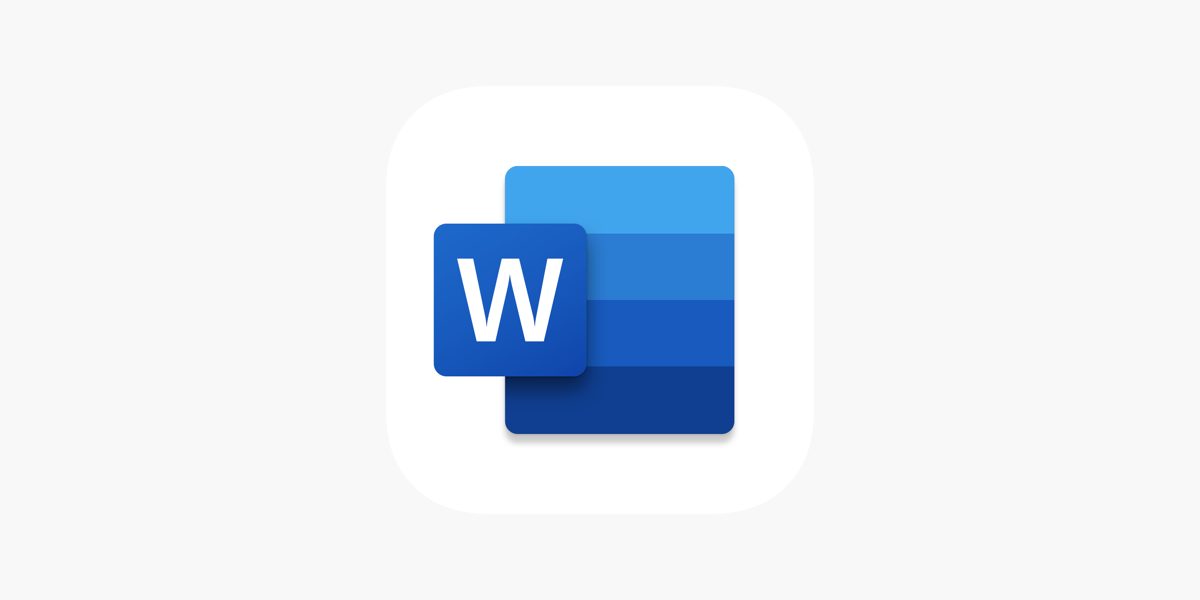
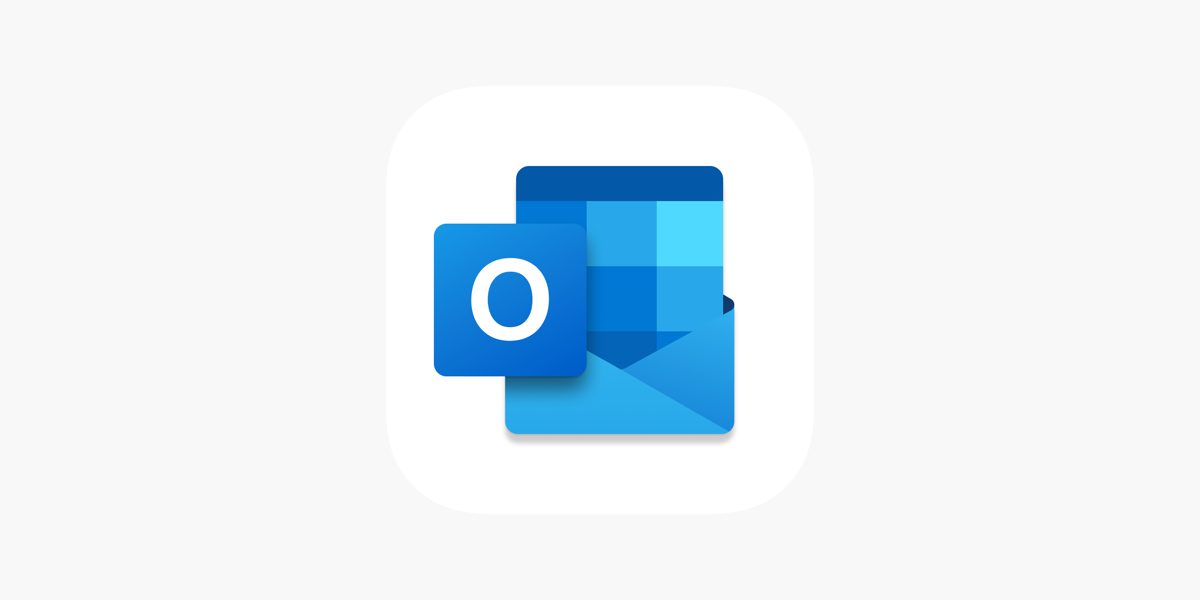
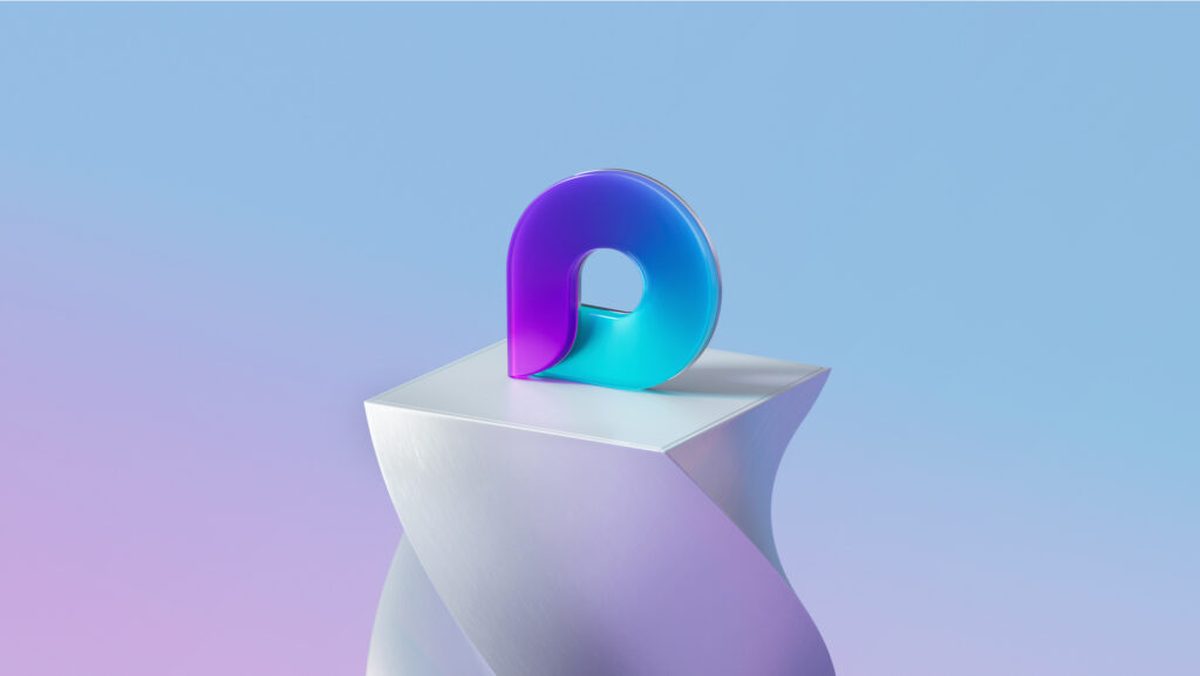
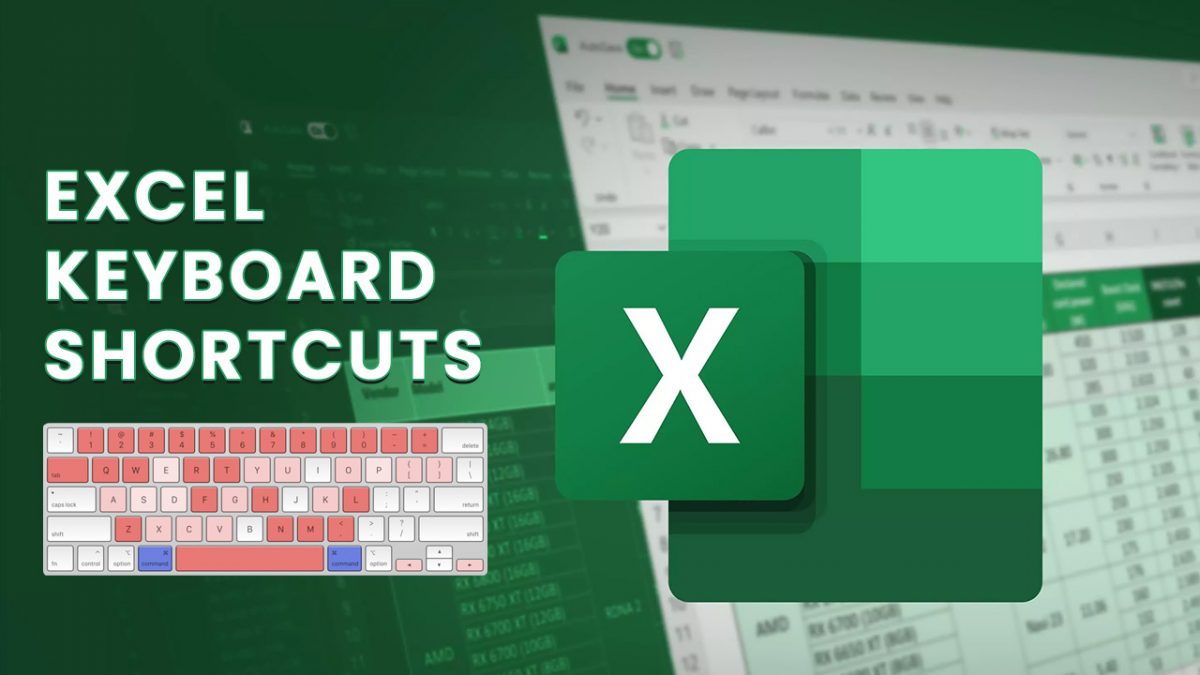


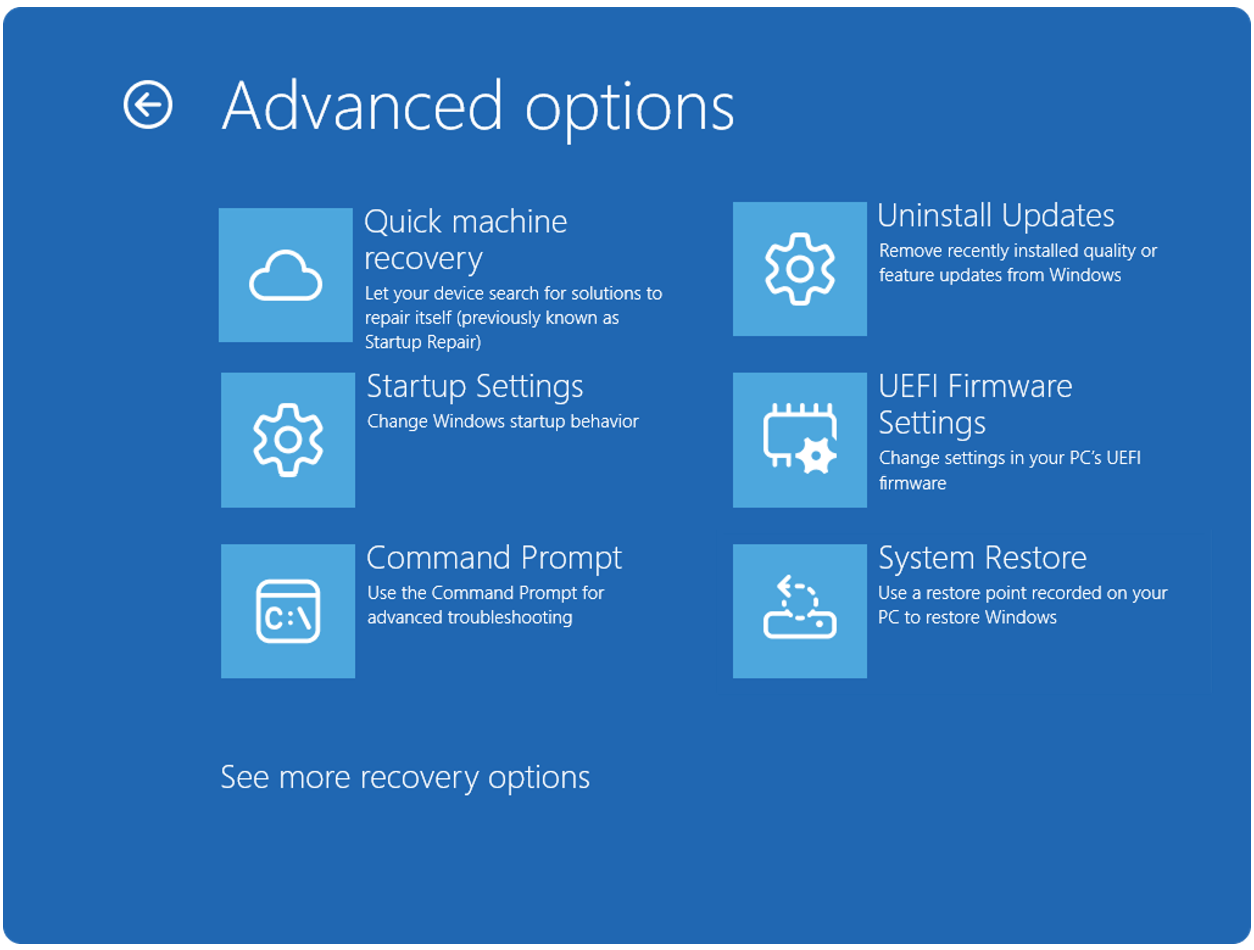
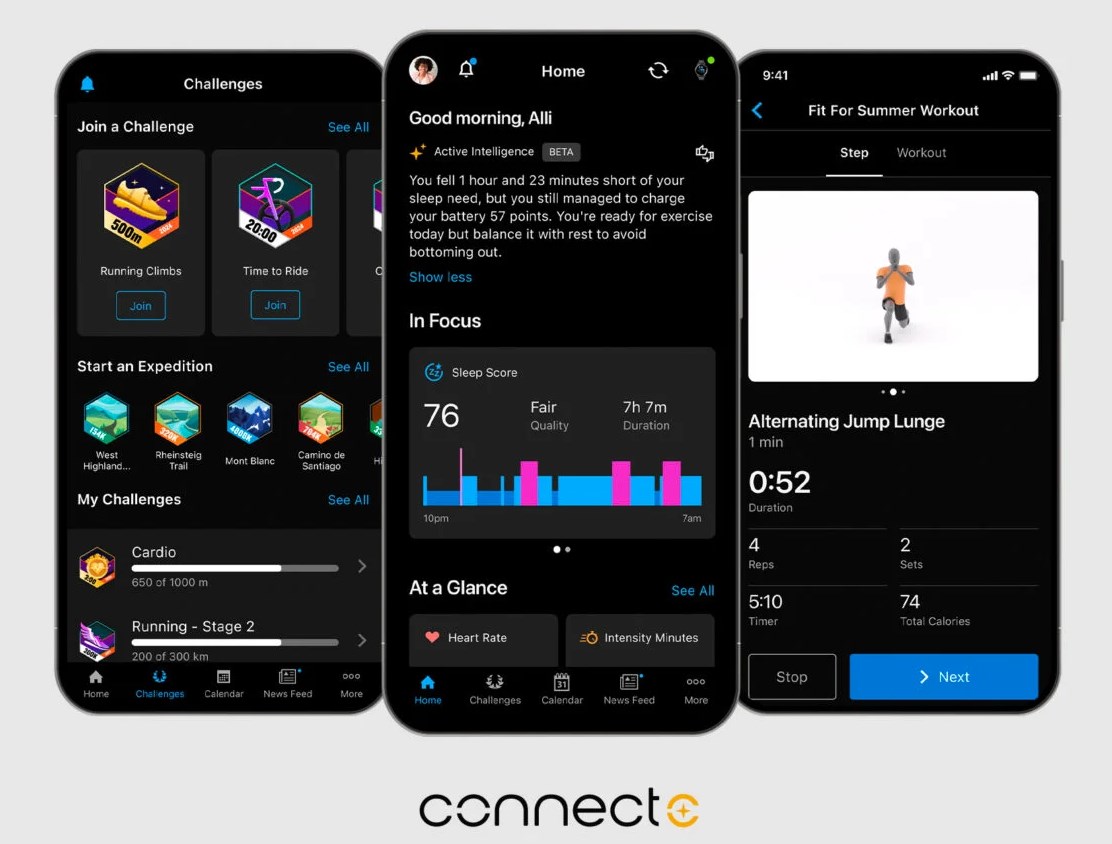
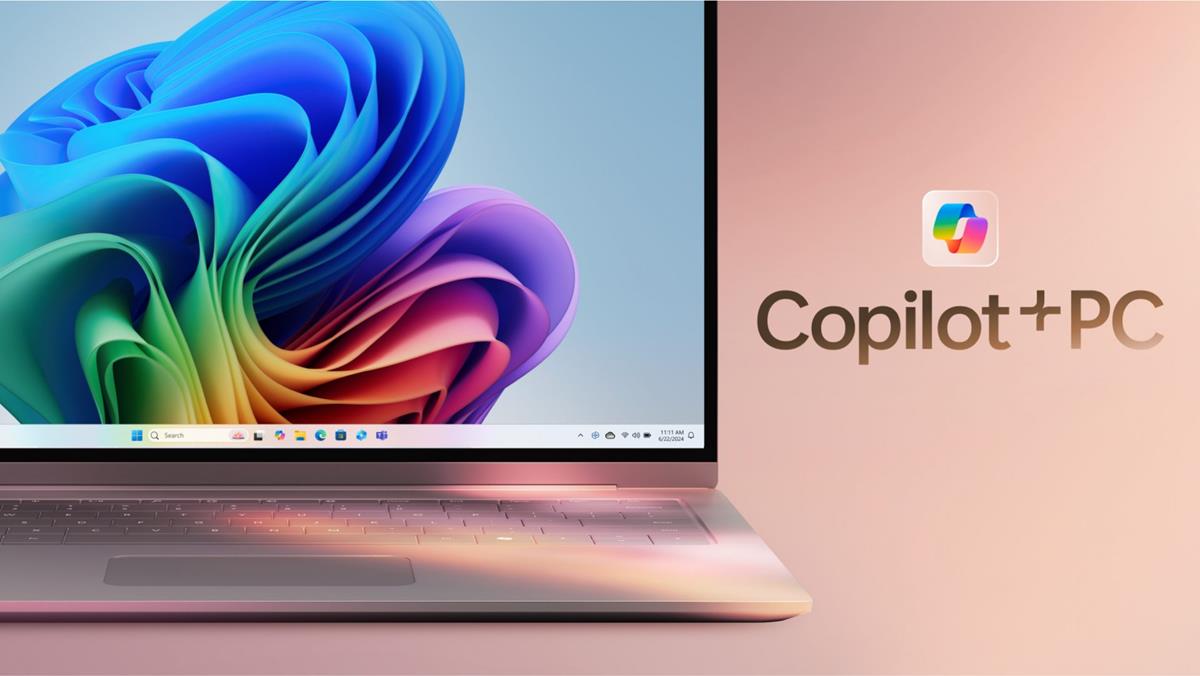
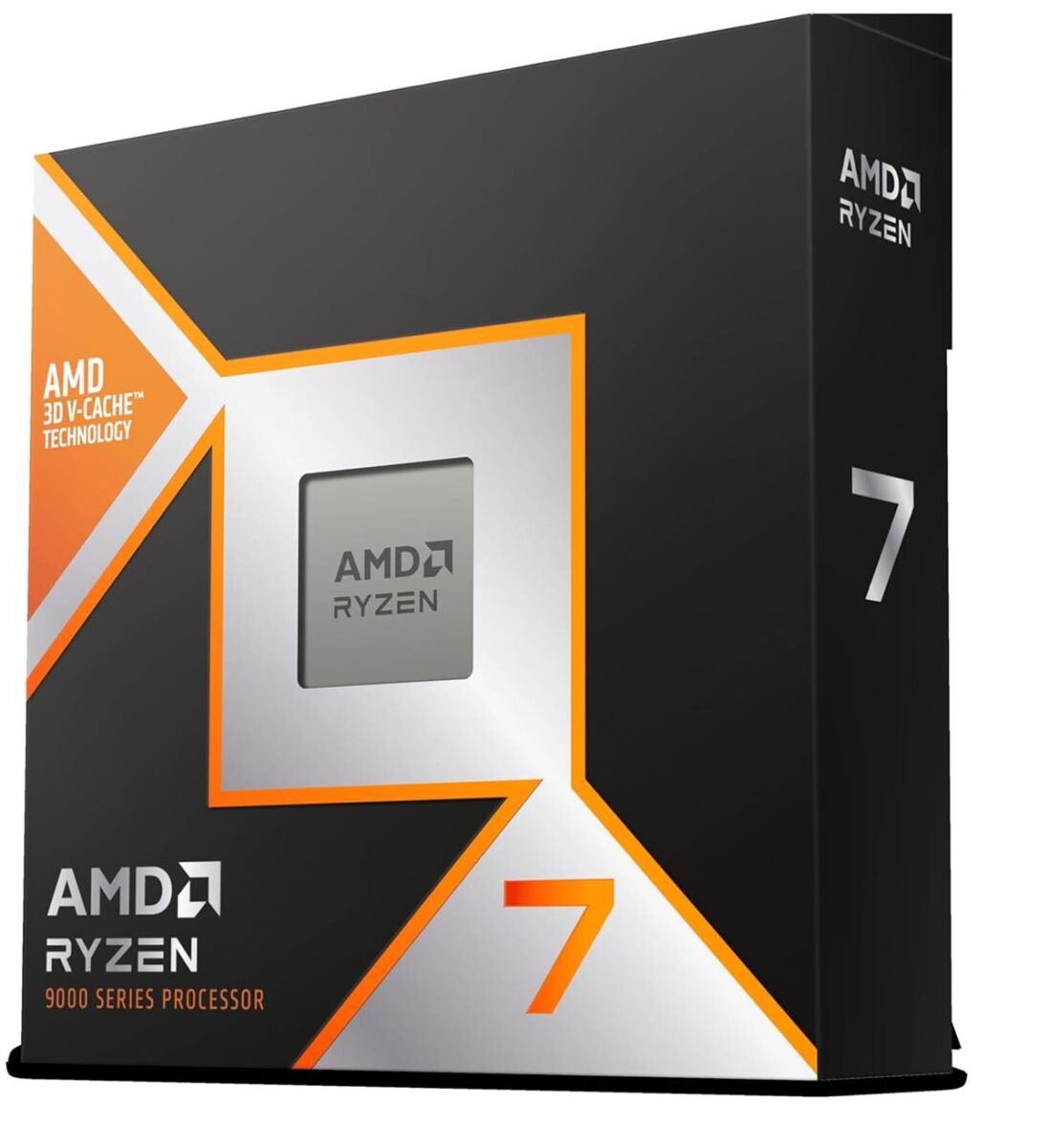
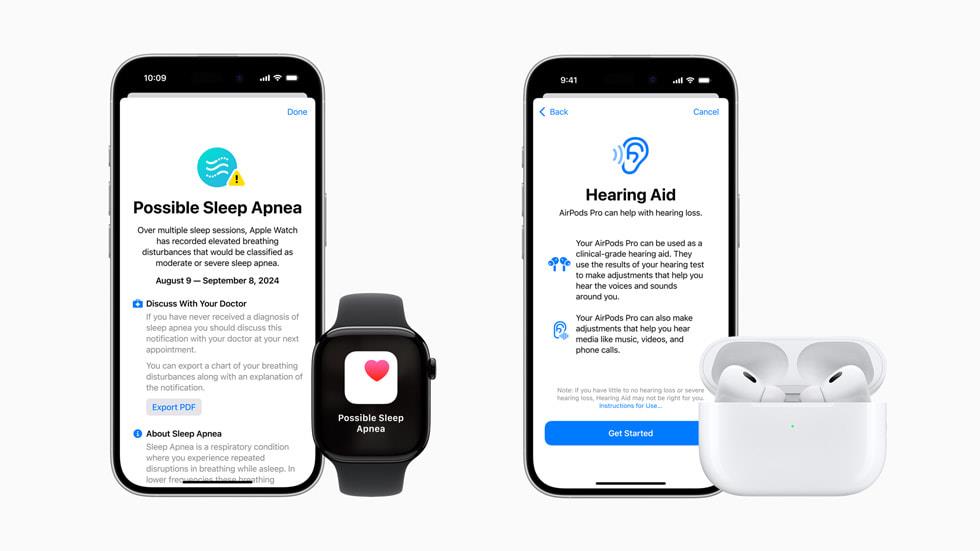

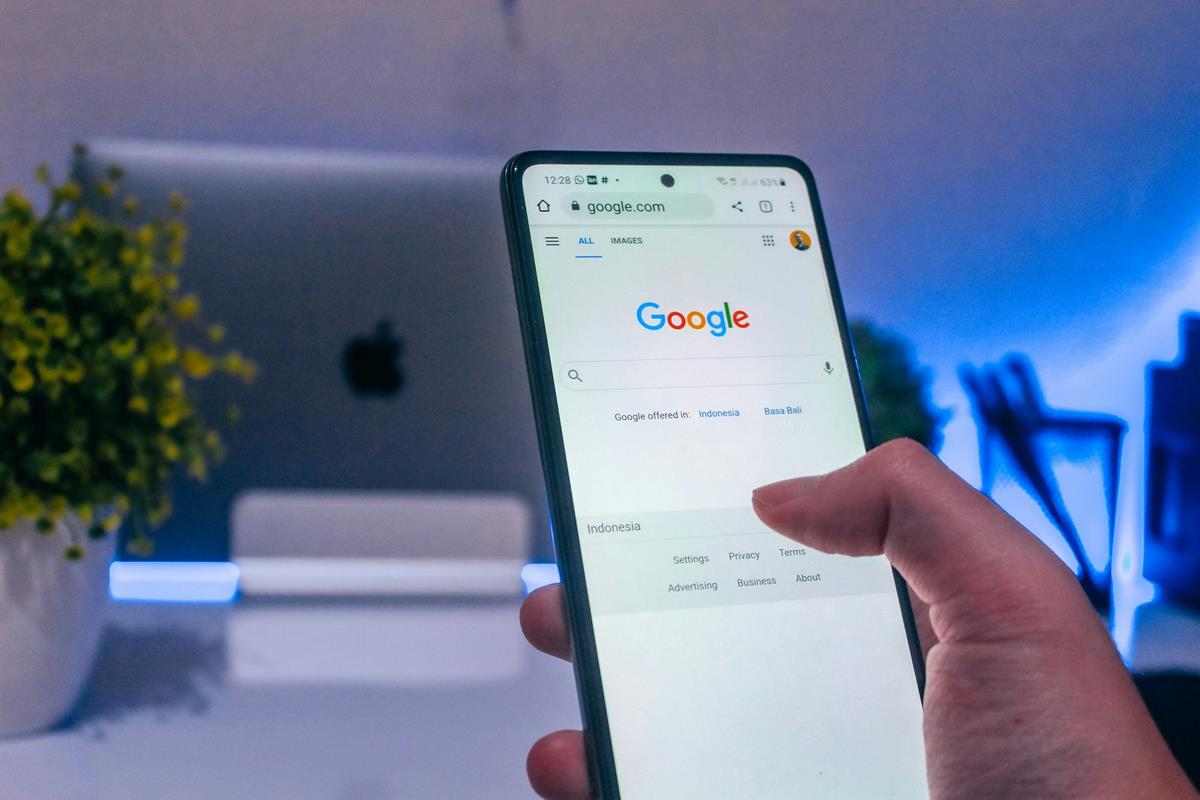

So what exactly happens system-wise? Do the boot-loader and executive and abstract layers boot locally, and then download the desktop environment? What exactly boot or runs from where?
I remember being able to boot DOS and Windows over a network. Is it similar to that?
“What is your take on this?”
I think it’s utterly insane.
The phrase “device as a service” did make me laugh, though, as it’s such an obvious nonsequitor that I’m surprised even Microsoft’s marketroids went along with it.
Chinese govt will love this.
would have thought win10 is banned for their gov work what with all the telemetary sent back to ms, subject to all sorts of subpoena
The US government (Google, Microsoft) is happy to help the Chinese government oppress their slaves who produce cheap products for America.
With 5G coming and our higher wifi speeds, I imagine the days of “buying” software are numbered, much like “buying” music on CDs is nearly obsolete.
We may have little choice but to subscribe, OR suffer with our old tech, never to upgrade again (e.g. Think 50’s Chevys in Cuba).
Folks can bemoan M$, but this looks to realistically offer lower TCO (Total Cost of Operation) to any sizable company, and maybe consumers as well.
Because majority of people only sit back and complain, but don’t really make the case for privacy, or help those who don’t understand the issue (or support organizations that do all this) – convenience and cost will always win.
@BM: ” I imagine the days of “buying†software are numbered”
I don’t think this is true, generally. It may be true in the Windows ecosystem, but the software world is much larger than that, and I think we’ll see the trickle of people leaving Windows continue for a long time. There are more people actively wanting to stop using Windows than ever before in my experience, and the only reason they don’t is because they’re locked into legacy application use for the time being.
Telemetry issues aside. I wil never pay for a subscription based operating system.
Right now Microsoft is “making this available” for the business community, but eventually it will be the only option. They’ll follow the same path for privately owned computers once they see they can get away with it, relying on the lowest common denominator sheeple. Count on it.
M$ basically allows “competitors” Apple (remember when M$ prevented Apple from going out of business by donating money to their bottom line?) and Linux, which is carefully maintained in a not-quite-viable-as-a-desktop-OS-for-the-average-user state. Yes, there are other OS “alternatives”, but none of them are worth mentioning. With the (IMO) corrupt arrangement between hardware manufacturers and M$, how can ANYBODY come up with a viable alternative to Windows?
not with me!
The OS is already no longer our property. Now it’s the hardware’s turn. That’s what “as a service” means.
“analytics is used to react quickly to security issues, bugs, and other things that may impact productivity, security, and other operational areas.”
Microsoft spyware (“analytics”) is probably also helpful for the “defense of Microsoft property”, and more globally for knowing what political opponents should be closely watched or added to the no-fly list, and so on.